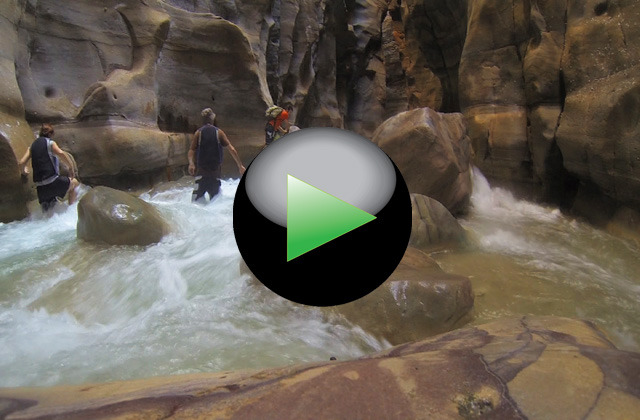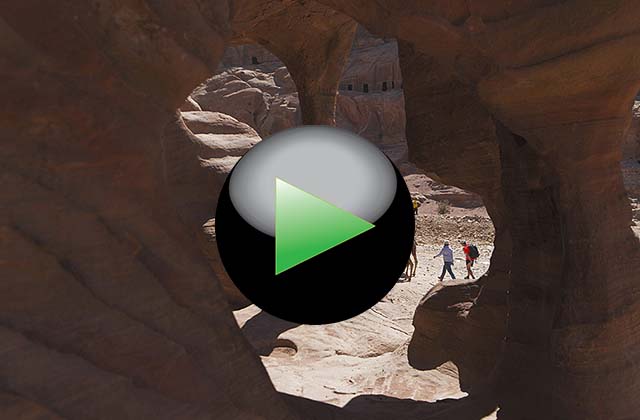World Travel Reportage
Photos and videos of travel, culture, nature, sports by professional reporters

World Travel Reportage
Petra (Jordan)







































VIDEO LINK
Jordan - Curiosity - Back to indexID: 20
Where is Petra.
The long canyon of Al-Siq, penetrates between the mountains of the southern Jordanian desert.
Few kilometers by feet between the high cliffs above the road until you reach the valley once inhabited by the Nabataeans.
Today, in the rich town of the merchants, camel drivers and travelers, there are only the big temples carved into the rock.
Petra, thanks to the important work of restoration and consolidation of the rock walls and of the most important temples such as the Temple of Treasury (El-Khasnek) or the Monastery of Al-Deir, is returned to its ancient splendor.
Visited annually by millions of tourists from all over the world, Petra is one of the seven wonders of the modern world.
More informations:
https://it.visitjordan.com/



